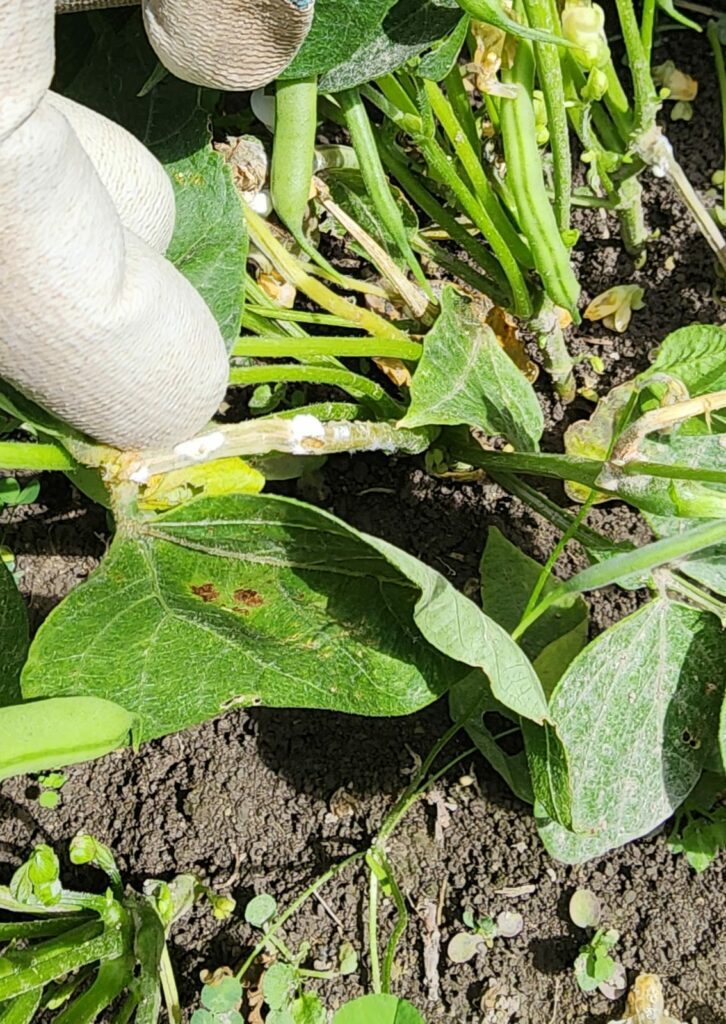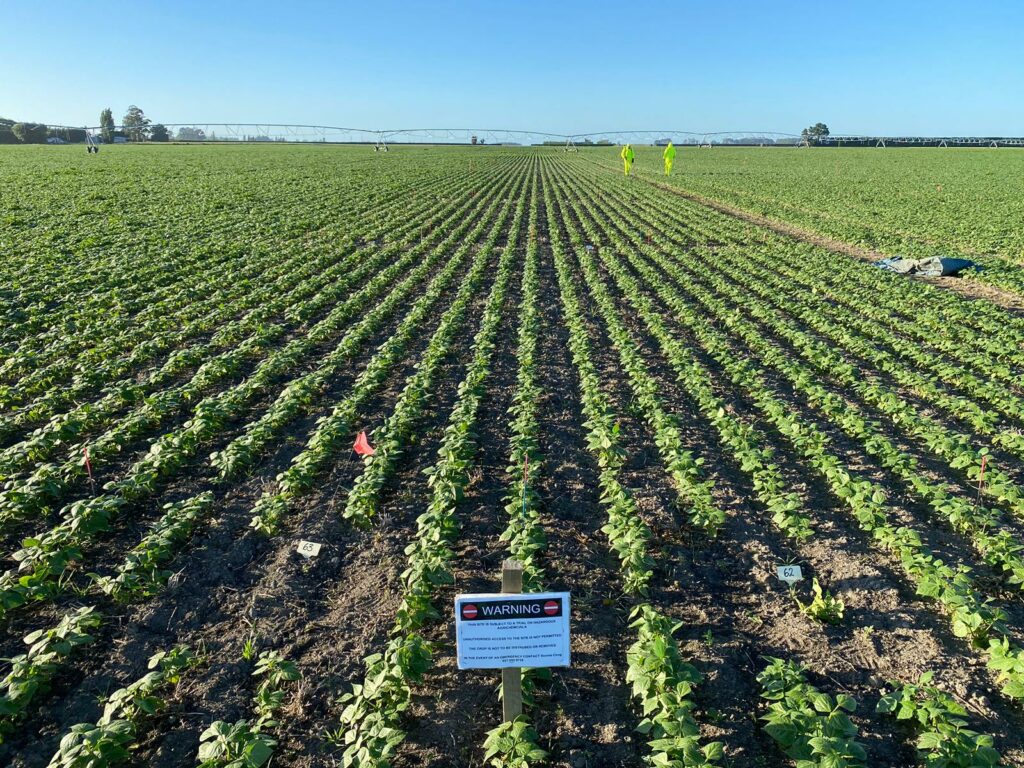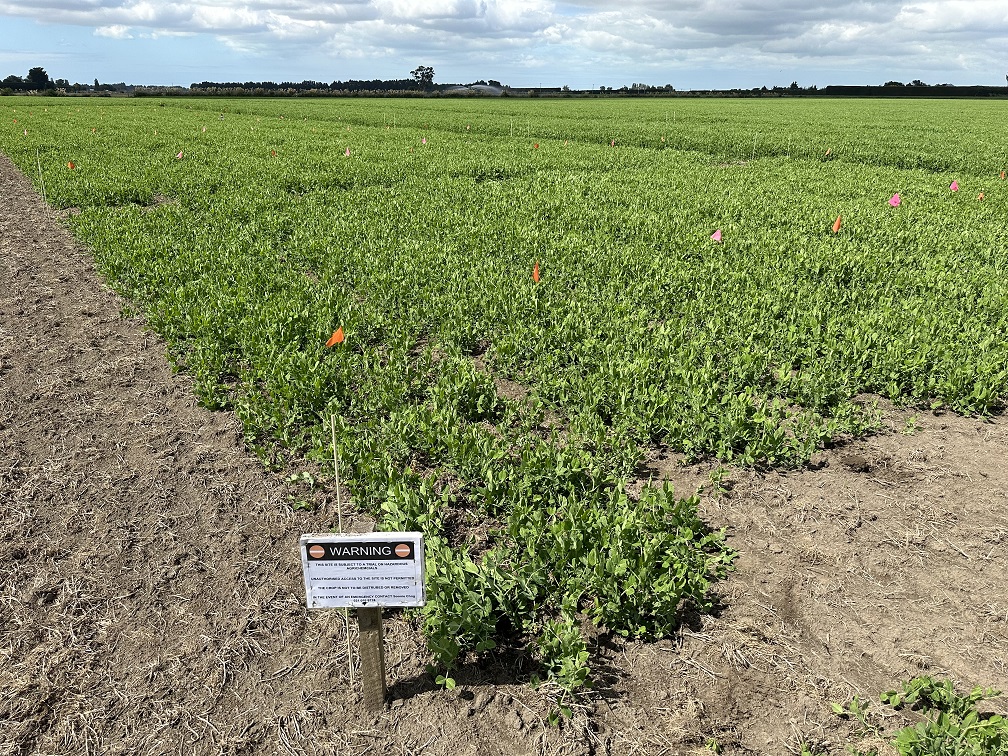Consumer demand, market access requirements, and diminishing existing crop protection solutions are the drivers behind a project trialling biological controls in two process vegetable crops.
The project, involving A Lighter Touch, Process Vegetables New Zealand and Heinz-Watties (Kraft-Heinz), aims to identify bio-fungicides and bio-stimulants which are effective against two of the key diseases in peas and dwarf beans, Sclerotinia and Fusarium. Plant and Food Research have been contracted to complete trials identifying options.
About 7000 hectares of peas are grown annually for processed production, while about 700 hectares of dwarf beans are grown each year. The total value of these two crops is $30 million annually and accounts for about half of New Zealand’s processed produce.
As with many A Lighter Touch projects, there is pan-sector interest in the trials, with the outcomes having the potential to also benefit both the arable and fresh vegetable sectors.
The trials are focusing on two species of Sclerotinia or white mould in dwarf beans, a disease which can dramatically affect yield and quality, and for which control options are fast diminishing due to market access requirements.

White mould in a dwarf bean crop caused by Sclerotinia sclerotiorum. Credit Plant and Food Research.
Three species of Fusarium root rot are being targeted in both peas and dwarf beans, where there is lack of any available alternative controls.
The project recognises that “softer chemistry” alternatives such as bio-fungicides and bio-stimulants are more complex to use than traditional agrichemicals, and may require a combination of products to achieve the appropriate level of crop protection required.
As such, it includes plans for demonstration trials of the products and combinations that prove most effective. The trial sites will enable demonstration to growers and agronomists of how the products perform on a commercial scale, and how they can be incorporated into integrated pest management programmes.
The 2022-23 growing season was the first year of the project and involved two small plot field trials in Canterbury. In the pea crop, 19 treatments were trialled, with eight being seed-applied, and 10 applied once the plant was above ground. In the dwarf beans, 16 treatments were applied, either at pre-row closure and/or during pre-flowering and mid-flowering.

Test products are applied to the dwarf bean trial. Credit Plant and Food Research.
Disease levels in both trials allowed evaluations of the effectiveness of products being trialled, and yield responses were also measured.
The plan for the coming growing season is to repeat trials with the most effective products and combinations. Further work over the following two to three seasons will involve the establishment of the demonstration trials and extension to growers of the most successful products and combinations identified.

Plant biomasses are recorded as part of the trial work. Credit Plant and Food Research.
Find out more about this project in the Our Projects section of our website.
